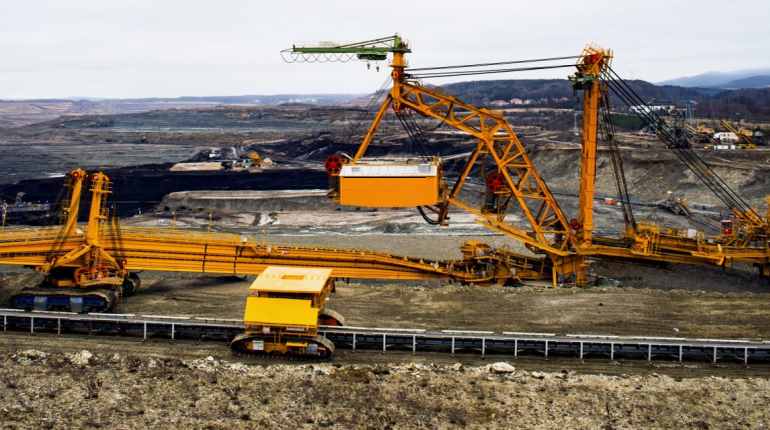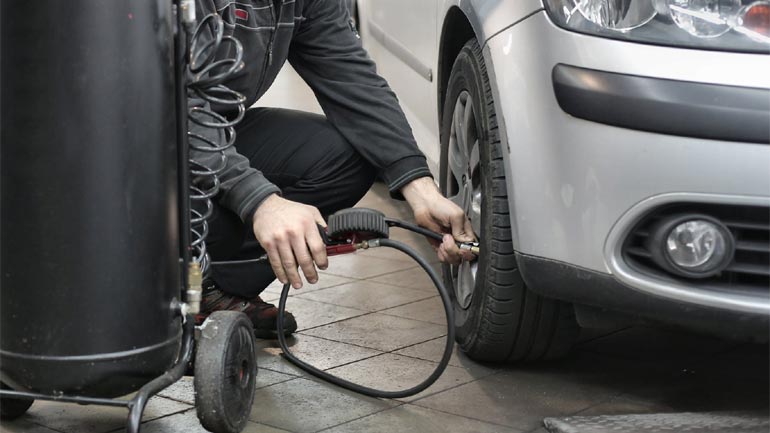A crane is a piece of equipment that towers over an entire construction project. It provides irreplaceable support to builders by carrying supplies and other equipment to high-rise places. However, improper or lack of maintenance and misuse of a crane can clearly also lead to horrible consequences – from injury to death.
In order to effectively manage the risks of using cranes, it is imperative that contractors can identify what the risks are and how to control them. To get you started, here are the top four considerations contractors should know about to ensure the safety of their workers and other people in the vicinity when using cranes:
1. Hazards from Electrical Wirings
Another major consideration you should think about when using a crane in your construction project is the electrical hazards. Crane-related accident statistics indicate that a significant percentage of injuries and fatalities are caused by electrocution (27 percent from 1997 to 2003; 32 percent from 1992 to 2006).
Since the crane is moving within the work site, metal parts of the machine have the potential to make contact with power lines if proper site operating procedures are not in place. This can cause injury, not just to construction workers but also to other people present in the vicinity.
In order to avoid this kind of accident, thorough planning and preventive measures for potential electrical hazards need to be taken. This means you should establish a safety protocol on site before the crane even arrives. These large machines must be kept away from power lines to ensure the safety of the job site.
2. Risk of Falling Debris
Falling debris is another major cause of accidents on a construction site where cranes are present. Based on the same review of accident statistics linked to the use of cranes, 32 percent of the total fatalities recorded between 1997 and 2003 were caused by falling materials.
Considering that cranes tower over the rest of the construction site, falling debris is a risk to the workers and other people present in the vicinity. It can also cause major damage to property. Some of the most common reasons for falling debris are:
- impaired visuals on the part of the crane operator;
- two-blocking which occurs when an upper component (like load and hook blocks) touches the boom tip or other similar components, thereby increasing tension on the line;
- mechanical failure due to lack of proper crane maintenance;
- and slipping due to unsecured loading of materials.
To prevent this, make sure that the cranes you use are maintained regularly. The testing load can also help you know the exact maximum capacity of the equipment. You should also make sure that the crane operator can handle the job responsibly.
3. Proper Crane Capacity Management
Following your instinct is okay for a few tasks if you have construction experience but never in determining the load capacity of a crane. Overloading is another major cause of crane-related construction site catastrophes as it can cause a range of problems ranging from falling debris to equipment failure.
To prevent accidents caused by overloading, have your workers trained on the proper calculation of crane load limit. You should also conduct tests to ensure that you don’t go over the load maximum capacity of the crane.
You should also avoid causing crane overload by:
- suddenly dropping or swinging loads;
- using defective components for the crane;
- dragging loads; and
- side-loading a boom.
5. Crane Operator Competence
In every construction project, there must be a designated crane operator who can handle the use of the massive equipment to ensure safety in the work area.
It is vital that the person assigned to the task is fully qualified and has enough experience. This means that he or she should have completed the correct crane operator training. Knowledge of proper safety protocols alone is not adequate; the crane operator must be properly certified to carry out the job.
A Final Word on Safe Crane Use
Cranes offer an invaluable contribution to making construction work a whole lot easier. To maximize the benefits this equipment can provide, you should fully understand and apply safety precautions, proper maintenance, and skillful use of the machines. Doing so will also help you save a lot of lives, not to mention avoiding additional costs during the course of your projects.




